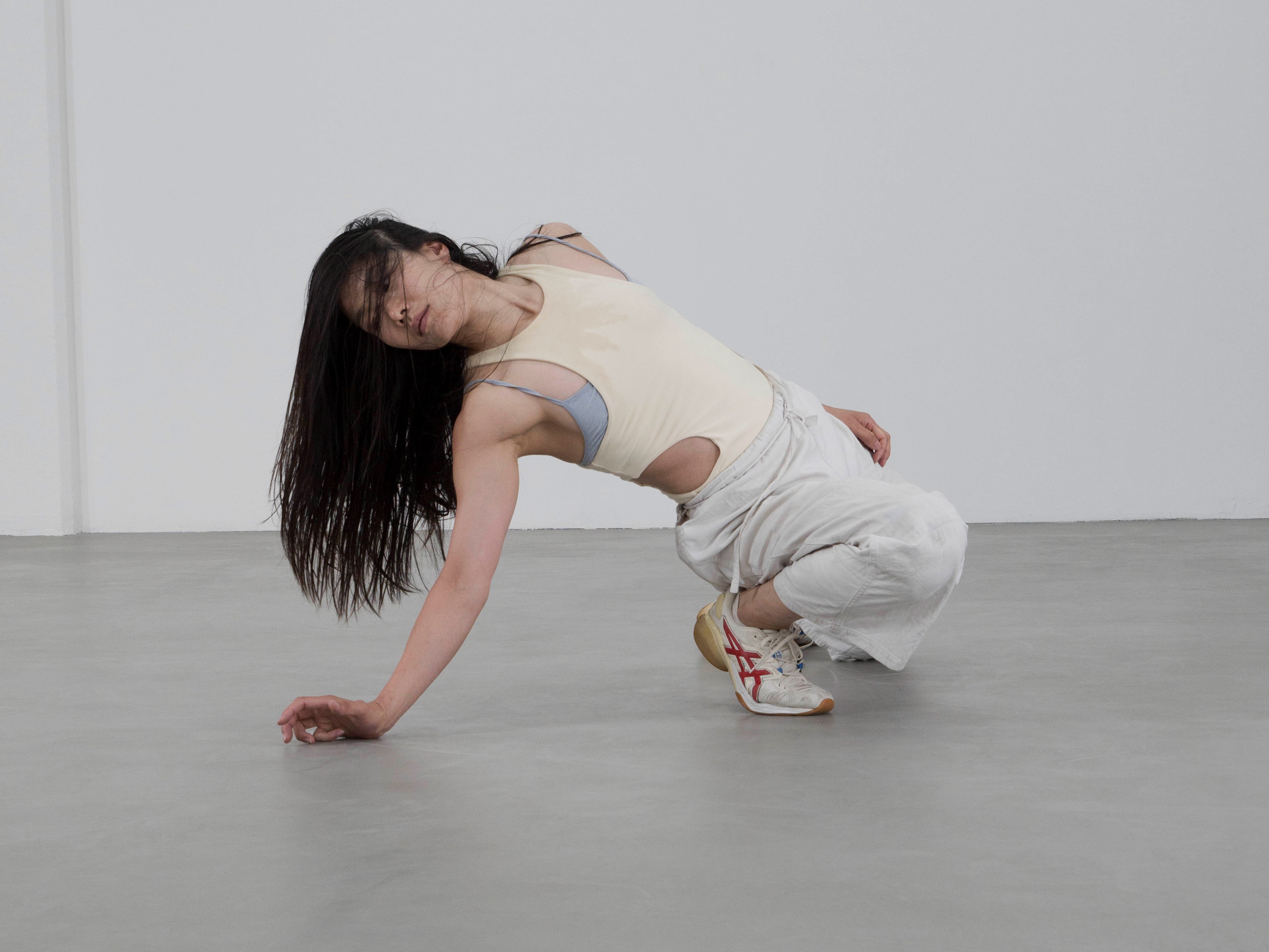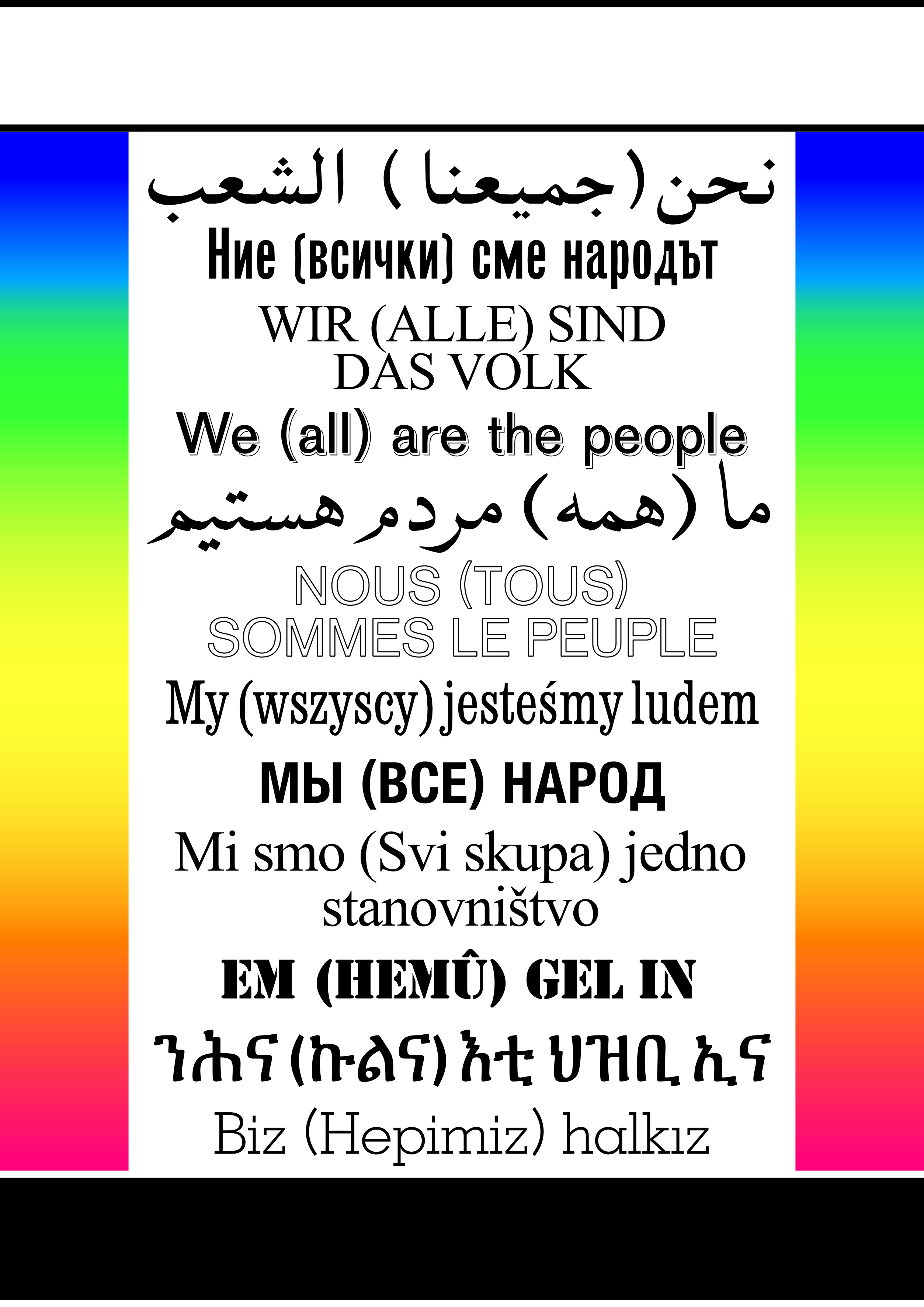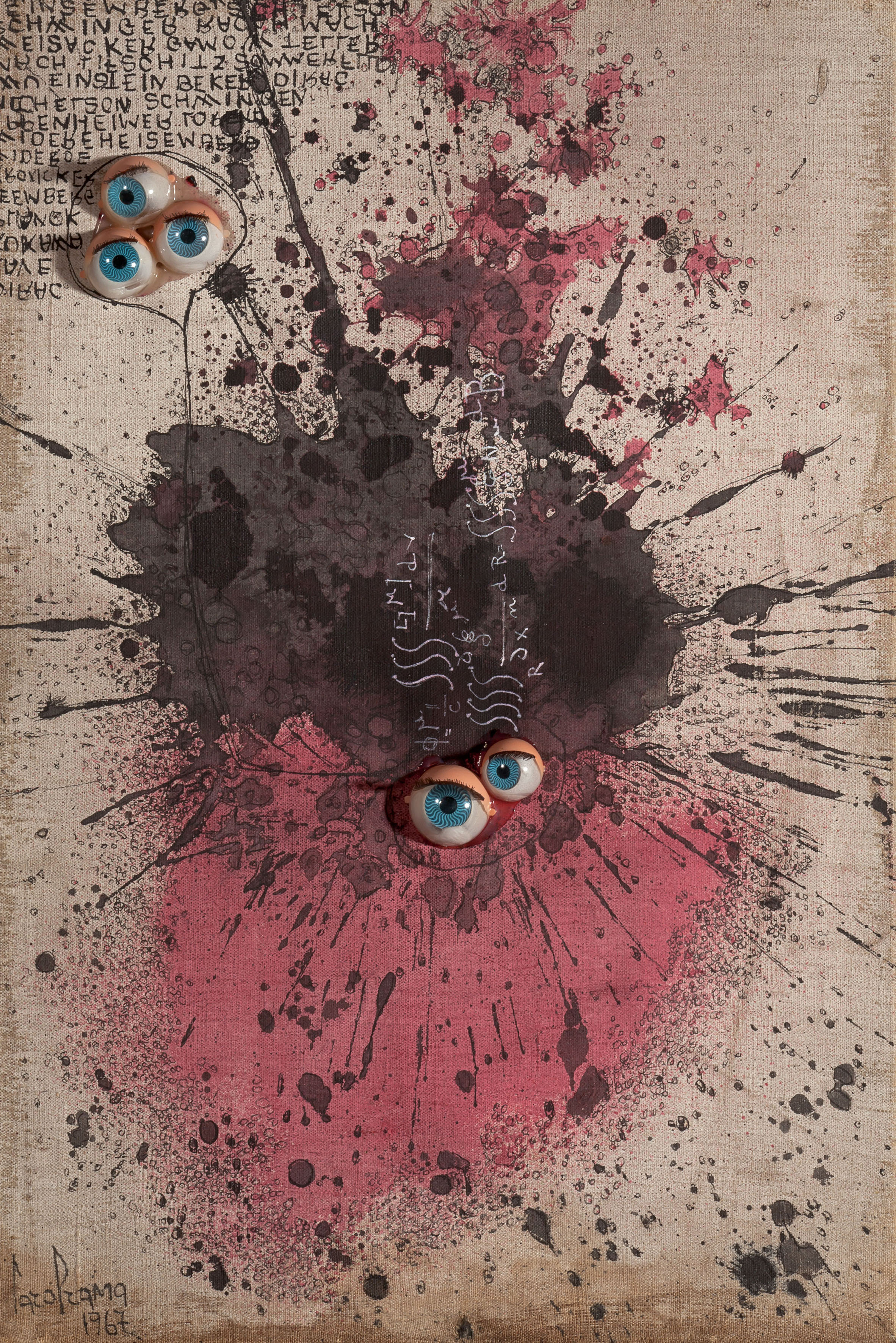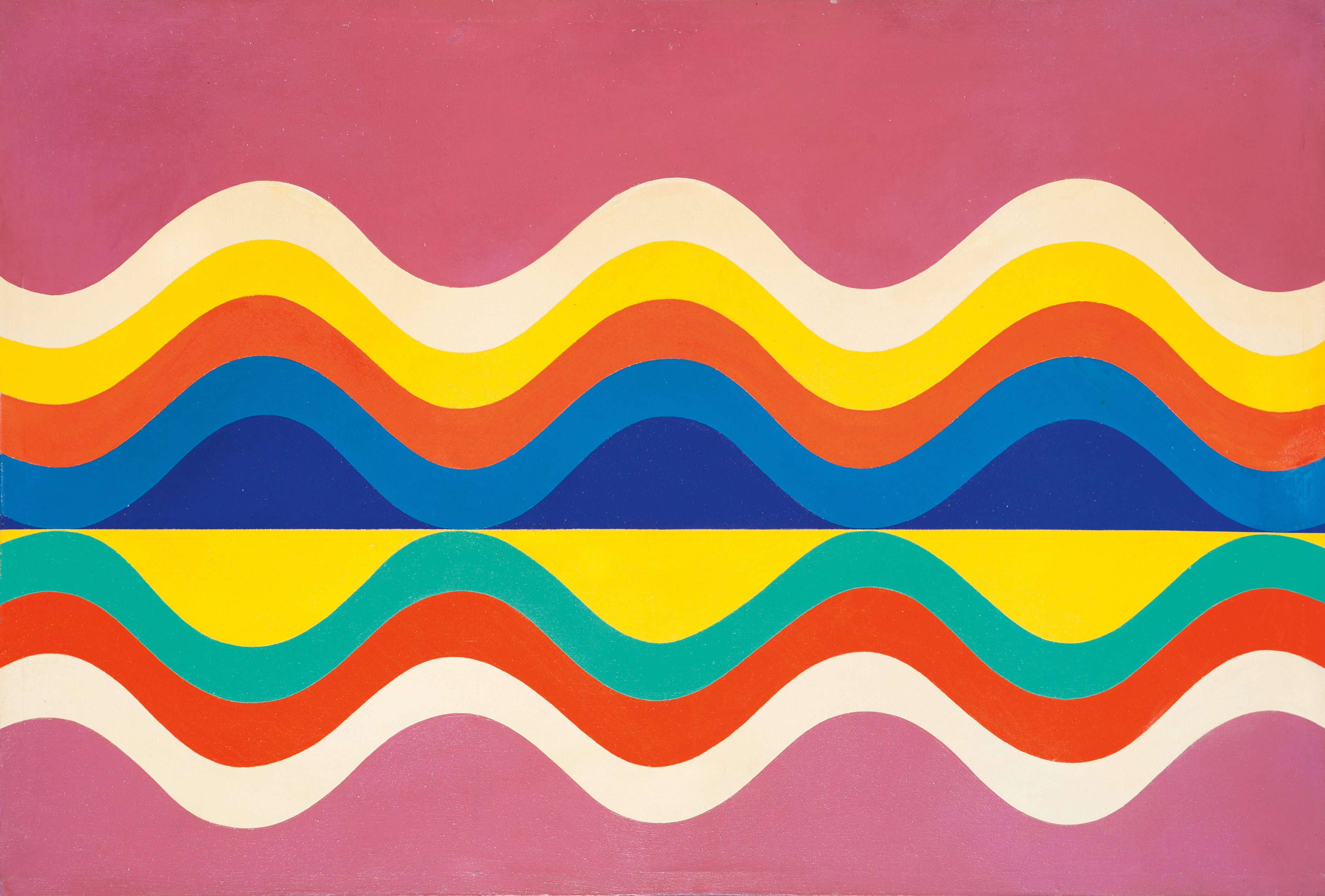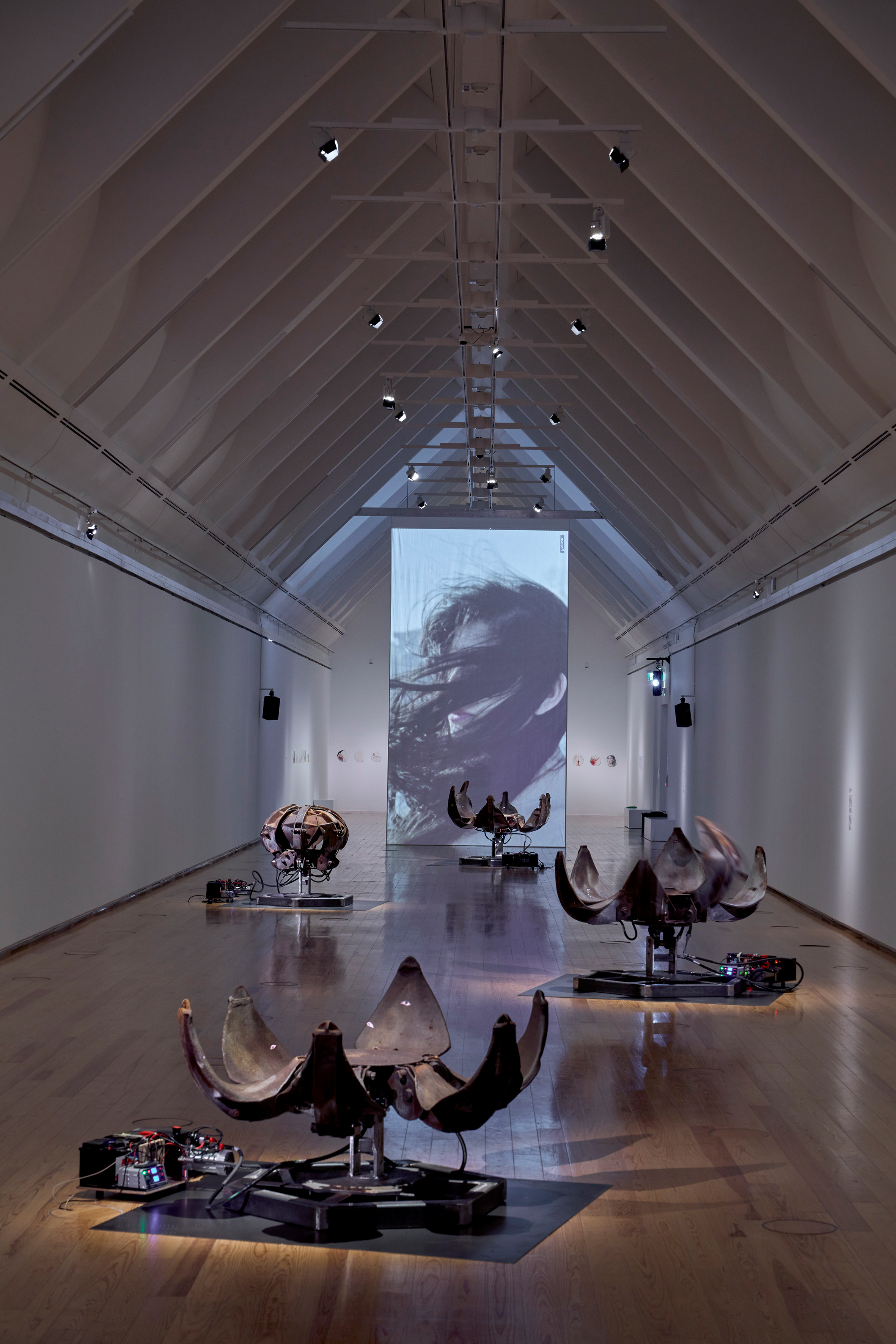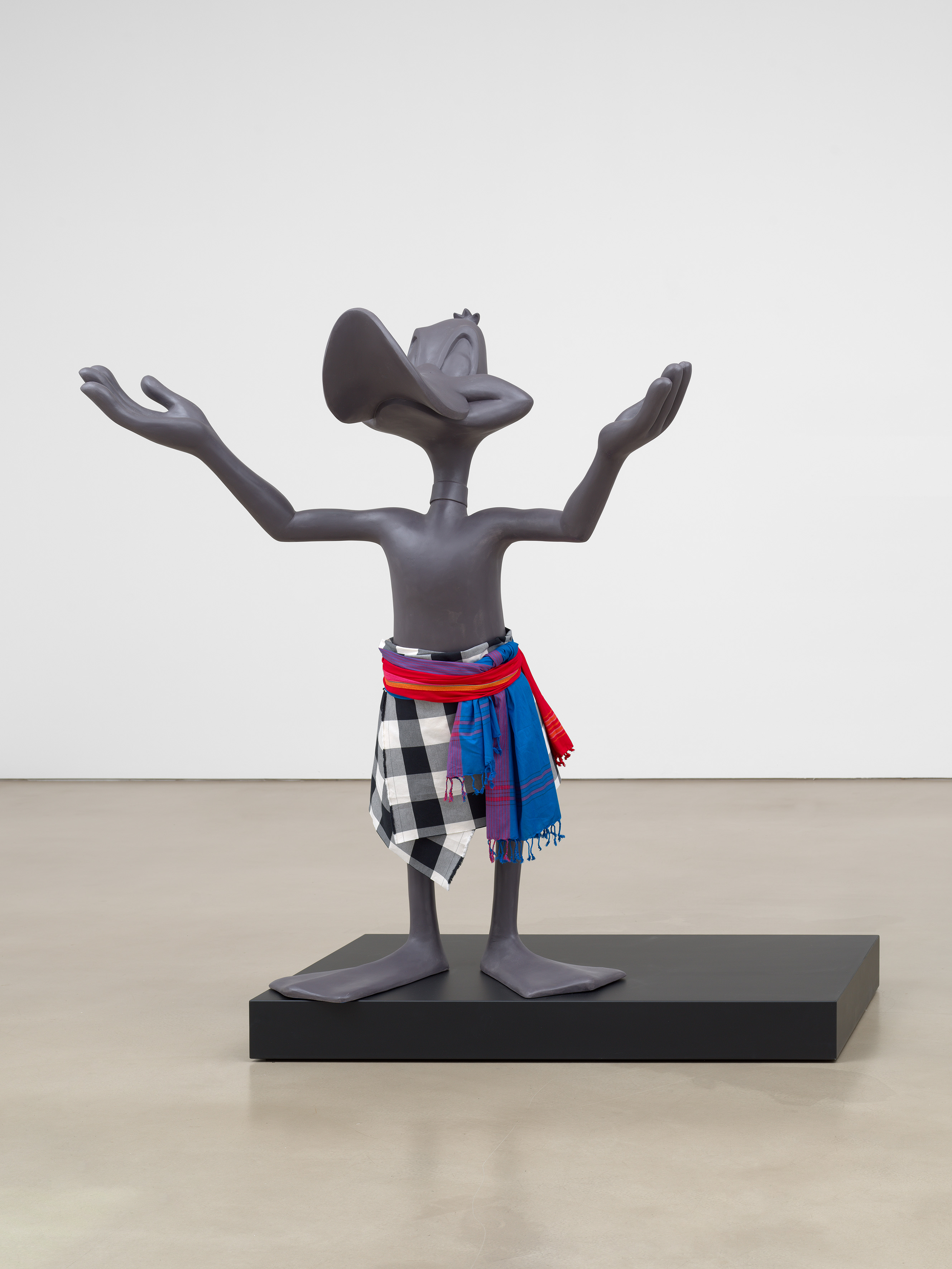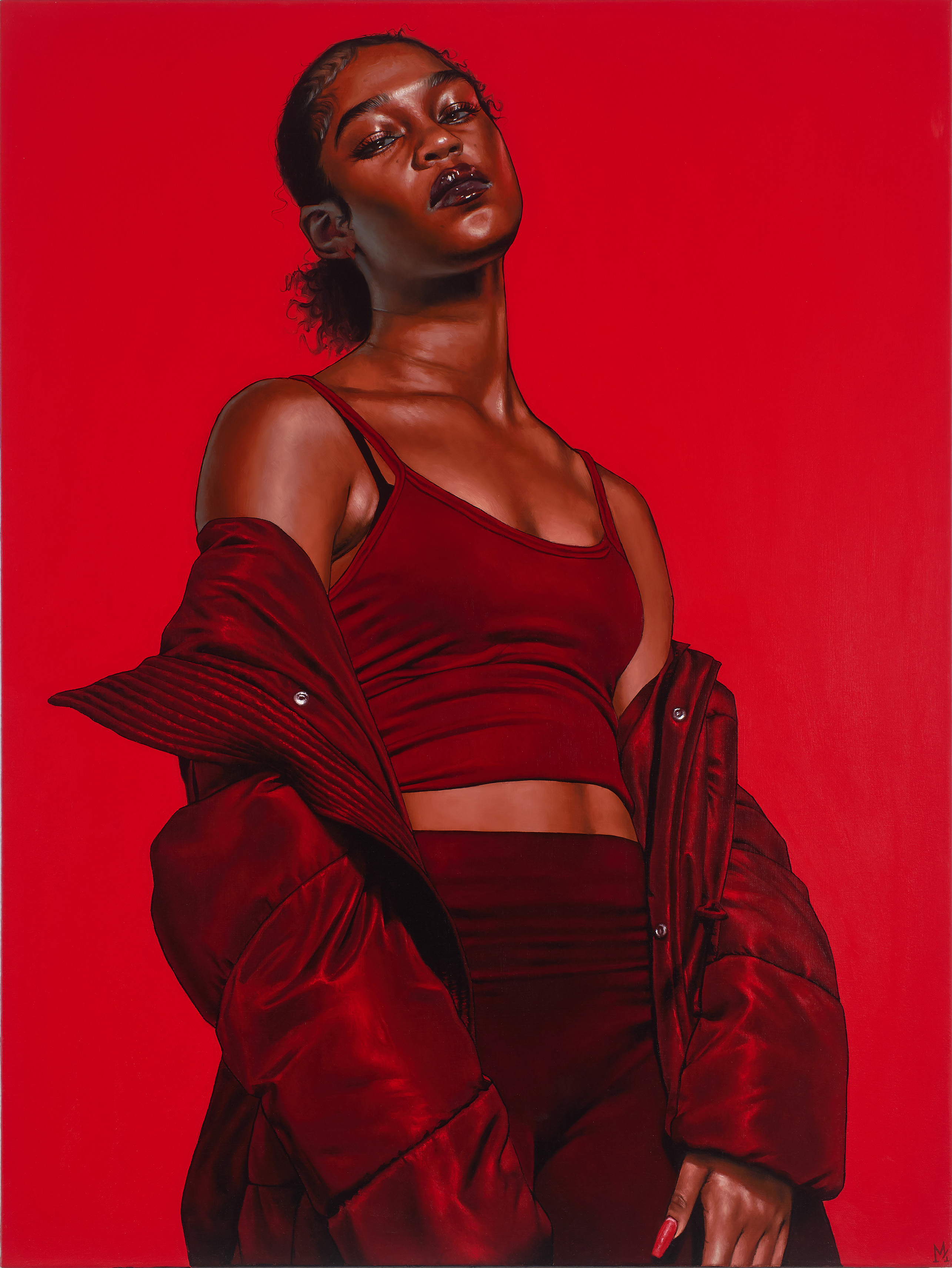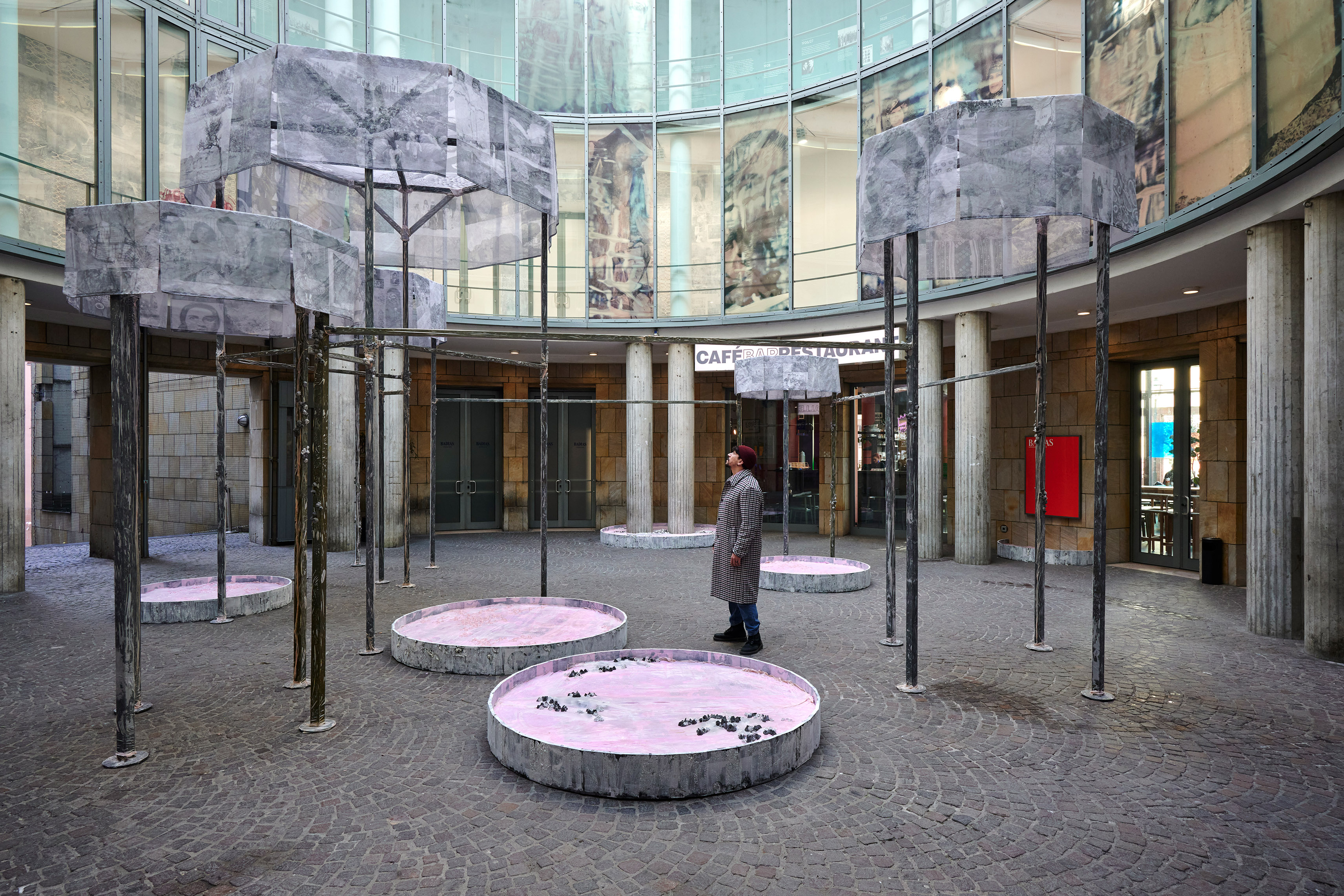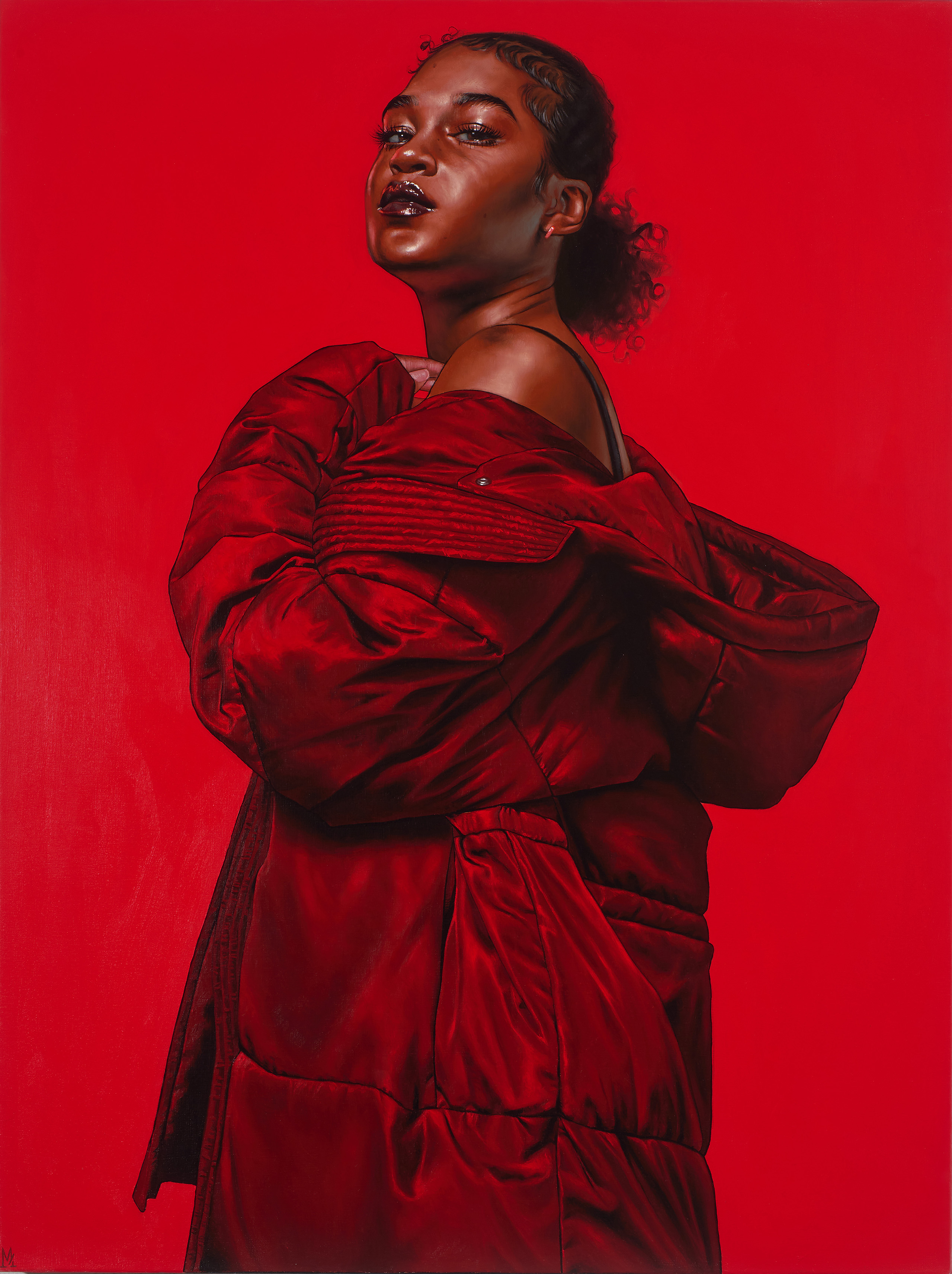Uwe Lausen.
All’s fine that ends fine
4 March – 13 June 2010
Römerberg
60311 Frankfurt
Germany
phone: (+49) 69-29 98 82-0
fax: (+49) 69-29 98 82-240
welcome@schirn.de
Uwe Lausen’s work ranks among the most powerful, yet hitherto still little-known positions of figurative painting in Germany in the 1960s. On the occasion of the fortieth anniversary of his death in 2010, the Schirn devotes a major retrospective with fifty paintings and an equal number of works on paper to the self-taught artist who took his own life. Within only nine years, Lausen produced an artistic oeuvre characterized by rapid thrusts of development, convincingly translating the influence of Pop Art from England and America setting in from 1964 on into a very personal language in keeping with the times. Lausen was not concerned with depicting the trite world of consumerism, but with unsparingly exposing human and sociopolitical dramas. Criticizing the social constraints of his time in a desperately aggressive manner, which manifested itself in his works’ cool realism, Lausen anticipated tendencies that would become evident in the German Autumn of 1977. At the same time, he developed a distinctive visual language rich in contrast, which, from today’s point of view, is highly modern and fascinates both a younger public and Lausen’s own generation.
Uwe Lausen was born the son of the later SPD politician and member of the Bundestag Willi Lausen in Stuttgart in 1941. Highly gifted both artistically and intellectually, he, having enrolled for philosophy and law in Tübingen and, after, in Munich, dropped out of university after only a few months. For a short time, he worked for the literary magazine “ludus” he had founded with Frank Böckelmann in Munich in 1961. However, Lausen’s interest soon shifted to focus on painting. His beginning friendship with the painters of the SPUR group of artists in Munich may have been responsible for this change. Through this group, Lausen got into contact with the Situationist International (1957–1972). Lausen’s early paintings from 1961 and 1962 clearly reveal the significance of this artistic milieu.
In 1963, a period of experiments commenced, which saw Lausen considerably extend his field of orientation by often employing other painter’s means of composition, which he uninhibitedly juxtaposed in his pictures. Lausen remained fascinated by the human body and its capacity to express pleasure and torture and looked for inspiration in Francis Bacon’s work. The exploration of flesh and the body as subjects remained as relevant for Lausen’s work throughout different periods of production as, for example, the interest in ornamental structures, in violence, and in the interplay between figuration and abstraction. Relying on these approaches fathoming the painting as a field of tension to its limits, he developed a highly individual repertoire of forms.
In 1965/66, Lausen, always oscillating between intensive phases of work, drug excesses, and depressions, broke with the pictorial language he had worked with until then and introduced a cool realism. His pictures reflect his critical attitude toward society and the attempt to disclose the contradictions and tensions of the German postwar world. They center on thematic complexes such as “the artist as killer,” “the fascination of sex and violence,” and “the living room as a crime scene.” Just a few months before the student Benno Ohnesorg was shot down by a policeman, Lausen was working on his “Soldiers” series. These pictures, showing uniformed mercenaries, contrasted in black and white, shooting out wildly in all directions with machine guns, radiate a – in a twofold sense – cool fascination with violence, which is to be understood as a fierce criticism of the state’s despotism and repression. As for his choice of styles and colors, Lausen had his finger on the pulse of time by 1965. While a clear, Pop-Art-oriented visual language began to emerge which would become the younger generation’s trademark on an international scale, he already worked with its vocabulary as if it were the most natural thing in the world.
In 1968, the last phase of his artistic production began. The painter increasingly withdrew from the exploration of the human figure that had been the focus of his interest until then. Objects such as tubes, pipes, faucets, toilet bowls, and washbasins now became the dominant motifs in his work. After he seemed to have come to an end as an artist in terms of flatness and reduction, Lausen gave up painting altogether in 1969. After restless paranoiac months in Zurich, Sankt Gallen, Munich, Frankfurt, Darmstadt, and other places, Uwe Lausen, committed suicide in his parents’ house in Beilstein near Stuttgart in September 1970. Yet even if this suicide may have resulted from social deficits, personal emotional problems, and increased drug abuse, it was also the expression of an intellectual attitude which fascinates us today because of its radical character and would perhaps not have been committed had it not been anticipated by the artist in writing and picture countless times: “my end as a person is as inevitable as the end of human society. and like mankind, I will also find my final confirmation in my final end … victory is inevitable.”
CATALOG: Uwe Lausen. Ende schön Alles schön. Edited by Selima Niggl, Pia Dornacher, and Max Hollein. With a foreword by Max Hollein, Michael Buhrs, and Harald Falckenberg and texts by Margrit Brehm, Justin Hoffmann, Axel Hinrich Murken, and Selima Niggl, German, 132 pages, 130 illustrations, Hachmannedition, Bremen 2010, ISBN 978-3-939429-76-0.
CATALOGUE RAISONNÉ: A catalogue raisonné prepared by Selima Niggl is scheduled to be published in June 2010 to accompany the touring exhibition.
DIRECTOR: Max Hollein
CURATORS: Selima Niggl (Munich), Dr. Pia Dornacher (Munich)
OPENING HOURS: Tue, Fri–Sun, 10 am–7 pm; Wed and Thu, 10 am–10 pm
INFORMATION: www.schirn.de
PRESS CONTACT: Dorothea Apovnik, phone: (+49-69) 29 98 82-118, fax: (+49-69) 29 98 82-240, e-mail: dorothea.apovnik@schirn.de, www.schirn.de (texts, images, and films for download under PRESS)
Follow us on twitter
Watch our videos on YouTube
Become our fan on facebook
Subscribe to our newsletter
